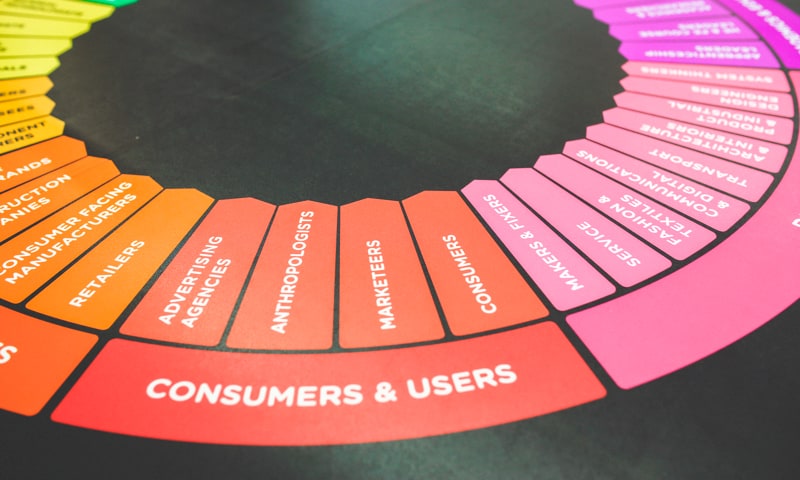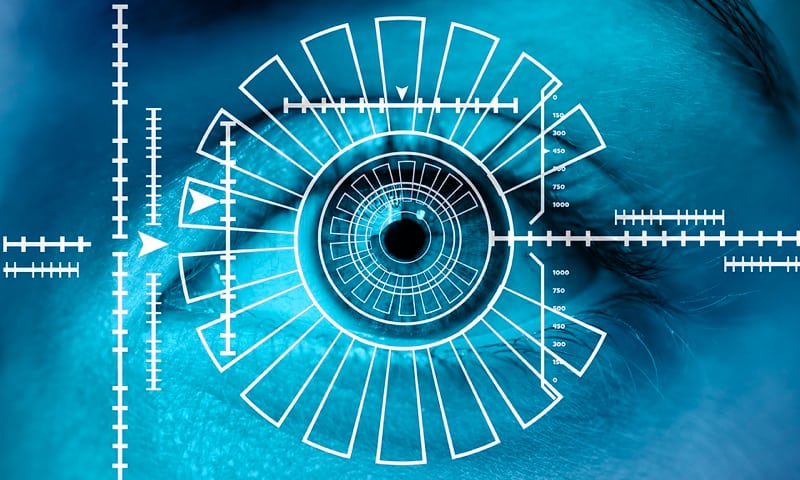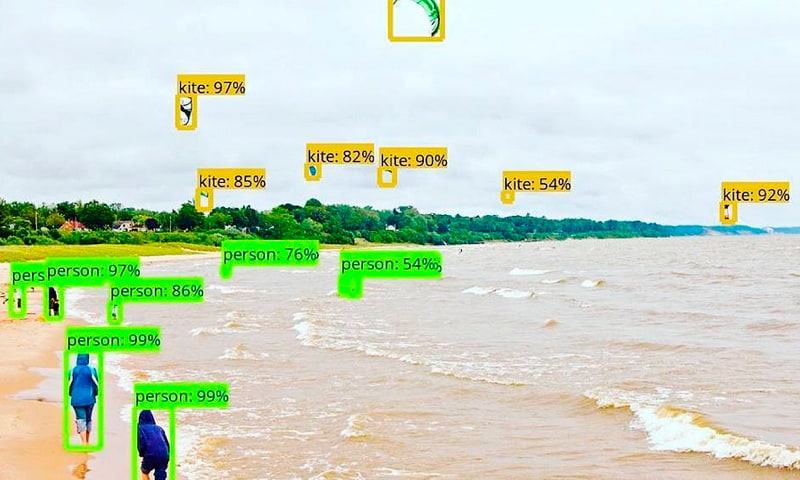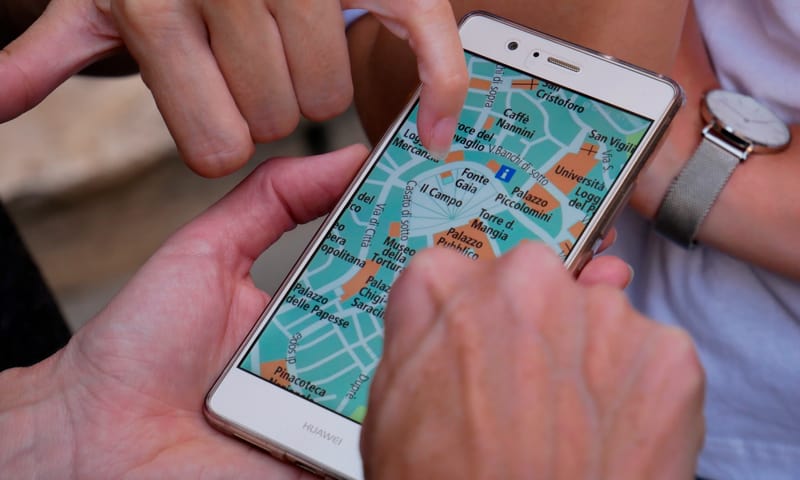How Machine Learning Changing the Future of Mobile Apps

IT copywriter
Reading time:
Today, Machine Learning is one of the most popular subfields of Computer Science. Due to the wide usage of digital devices, machine learning turned into a new revolutionary way to solve tasks such as image recognition, data analysis and classification, forecasting, among many others.
When companies like Google began to use machine learning algorithms, businesses responded to the new trend very quickly. This was expressed in increased demand for designing intellectual mobile apps: from fitness tracking apps to image recognition solutions (license plate or road sign recognition and others). These apps not only have their audience but also engage many new users thanks to the unique features.
Let’s look at several cases of machine learning utilization for mobile apps:
Machine Learning as a Development Tool
Machine learning is a step towards the creation of artificial intelligence. The main purpose of machine learning is producing computer algorithms for automatic data processing. Instead of writing code, developers need to only put the data into the algorithm which automatically improves itself by finding patterns in the data, establish the logic necessary for solving the task and produce the result.
There are two main directions within machine learning: multimedia content analysis and data mining, which is a trend prediction based on Big Data. Each of the objectives implies constructing different models that become a basis for software solutions.
In turn, mobile apps with built-in machine learning algorithms can implement highly intellectual tasks that were previously accessible only to a human brain.
Machine Learning in Mobile Apps: New Opportunities
Many people don’t even think that today a range of routine issues can be successfully solved by machine learning. For example, for predicting bad loans banks use machine learning algorithms that allow them to analyze the history and the creditworthiness of a client. And this is just the beginning of machine learning.
Customization

All modern companies aim to establish a personalized touch with clients. Customers prefer the individual approach as well. The more targeted an advertisement is, the greater the probability of a deal.
Now imagine that an app can be set up in accordance with user’s needs. The app offers personal content for everyone within the general concept. Let’s say, an app for watching movie trailers and reviews can select news about the movies that have a genre, a plot, or actors which interest particular users.
This can be implemented by customizing mobile apps. A machine learning algorithm analyzes user data including private information, search history, content perception and others. The app can display individual content for every user by gathering and processing this data. The algorithm performs all the work on a web server and the app produces results when connecting to the server. “People you might know” on social networks, and targeted advertising on eCommerce sites are based on the principle of customization.
Image and video recognition

The most obvious example of machine learning work is issuing a fine for exceeding the speed limit. In particular, a machine learning algorithm recognizes the license plate and defines who will receive the decision to impose administrative penalties. Behind this solution is the model for object detection in images.
Image and video recognition are used in mobile apps very often. For example, face recognition works perfectly for user identification within chat apps, dating and meeting apps, photo editing apps, and many others. Besides, with machine learning developers create models for age and sex determination. Frequently some models have biometric recognition including fingerprints and eye retina recognition. Such detailed data can be applied to pass entry and security systems.
Optical Character Recognition — OCR

OCR stands out among the other tasks of multimedia content recognition. It’s hardly a secret that automatic character recognition can save a lot of time for people. With this feature in mobile apps, users can easily recognize documents or credit cards and translate foreign words on different images. In practice, this task doesn’t seem so easy to solve because a text has many characteristics – from fonts to a word length — and each machine learning model should be constructed with respect to these features. We learnt this while developing a solution for receipt recognition and extracting meaning from receipts.
Audio recognition
If you’ve talked at least once to the so called mobile digital assistant like Apple’s Siri or Google’s Google Now, then you probably know that all these programs use voice recognition algorithms. Of course, these tools don’t always interpret you perfectly, but they can be improved with the help of machine learning methods. Now the problem of audio recognition is very important and urgent. Ideally, the solution would allow you to create texts by simply speaking.
Some specific technologies can be applied jointly. For instance, using technologies for audio and video recognition simultaneously, a security system for a house can raise an alarm when someone breaks into the house.
Analysis of sensory data

The mobile app market has a variety of interesting apps for encouraging a healthy lifestyle and tracking users sporting activities. Current apps can track the heart rate or count steps. However, they make an approximation and require user input. With advanced machine learning models the fitness tracker can be upgraded via continuous monitoring of a user’s physical activity without any additional instructions from his/her side. In other words, the user doesn’t have to change the settings when going for a run or a bike ride. It can be implemented using sensors integrated within the app.
For example, an app for patients suffering from strokes, epilepsy and migraines solves a similar tracking task. The solution is designed to let people monitor their health conditions, process them with a machine learning algorithm, and prevent critical situations by sending an alert to the emergency contacts or caregivers. When users shake their smartphones, the app distinguishes between emergency shakes and everyday jostling and sends an SMS to designated recipients who can help.
Navigation and action control

Navigation apps can be more effective if developers integrate photo and video recognition algorithms into these apps. For example, if an app is connected with an in-car camera, it can analyze the surrounding situation on the road and warn the driver of an incoming danger. Navigation apps with machine learning models have an ability to recognize traffic, road signs, erratic drivers, and construction zones.
Data Mining — Predictive analytics based on Big Data
One of the machine learning directions is data mining. Using the algorithms for Big Data analysis, it’s possible to solve tasks of processing archived data and statistics for making predictions for the future. This technology is implemented in different mobile analytic services such as Amazon Mobile Analytics or Google Cloud Machine Learning.
User behavior analysis furthers the development of app features. Moreover, it helps product owners to get more information about users: which of them are more engaged, what sections they use more often. As a result, the app can be updated in accordance with this data.
Implications for businesses
Machine learning opens lots of opportunities for business regarding new approaches for attracting and serving customers. In particular, the following companies can apply machine learning when designing their own apps:
Web companies
Many Email services actively use machine learning algorithms for accurate spam filtering without losing real emails. Social networks apply machine learning to customize the content and recognize different information.
Security services
Pass entry and security systems can include solutions based on biometric data recognition algorithms.
Services responsible for road safety can quickly track trespassers using automatic data processing. In addition, machine learning models can be helpful for cyber risk professionals. For example, they allow to protect mobile devices from viruses and prevent threats targeting mobile devices. For example, Snapdragon from Qualcomm.
Retailers
Mobile apps for retailers can be customized using Big Data analysis. Additionally, it is possible to add the function of receipt recognition with additional opportunities to make shopping lists that can help to increase customer loyalty.
Financial institutions
Financial institutions can enforce the identification of customers during financial operations in mobile apps. Also, the data mining algorithms would be useful for revealing customer history.
Smart houses
Smart technologies for managing your own house continue to develop at the same rapid pace as machine learning models. ML algorithms can be applied to creating apps for a remote monitoring of smart houses.
Healthcare organizations
Using health tracking apps, healthcare facilities can automate the process of tracking their patients when they are outside the hospital. In addition, it is possible to recognize tomographic images for more precise indicators of human health. For example, a well-trained system might determine tumors at the early stages with higher precision than the human eye.
Perspectives: what comes in the future
The majority of scientists and high-tech companies agree that machine learning will have a stronger position in software development. Therefore, machine learning models will become more widespread in everyday life. We can see the start of this process today taking into account new features of intellectual mobile apps — from UI adaptation to specific needs and to the data analysis of user health and physical activity.
However, machine learning literally opens up a window into the world of the future where cars are autonomous and have the built-in algorithm of object recognition, augmented reality turns into not just entertainment but a way of interaction with the world around. In general, machine learning algorithms facilitate the life of mobile app users and bring more advantages to entrepreneurs.




Comments